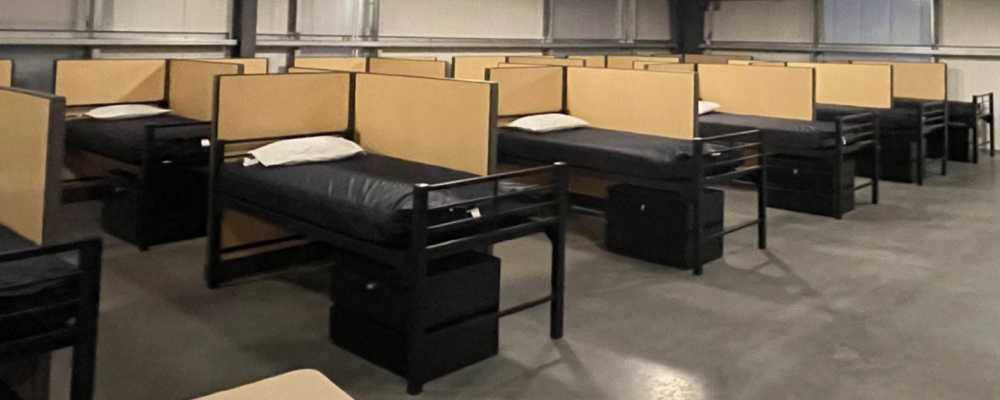Supervisor Fielder wants to extend homeless shelter stays
April 16, 2025
Supervisor Jackie Fielder wants San Francisco to extend family shelter stays from 90 days to one year.

San Francisco's homeless shelters are intended for short-term stays, and are capped at 3 months with optional extensions as necessary. Shelters help people stabilize, get back on their feet, find help from family and friends, or get triaged into higher-need programs. But Supervisor Jackie Fielder wants to let people stay in temporary shelter for up to one year.
The Facts
In December 2024, the Department of Homelessness and Supportive Housing reinstated the 90-day stay limit for families in shelter, with optional 30-day extensions. This is the same policy that existed before COVID, but it was temporarily suspended for the pandemic.
Supervisor Jackie Fielder is introducing legislation to change this limit to 365 days, with the option to stay longer if needed.
The Context
The 90-day rule was created to speed up the transition to permanent housing and ensure shelter beds remain available for new families. During COVID, when the limit was temporarily suspended, people were stuck on the street for longer periods of time, and the city saw a rise in encampments. The 90-day stay limit ensures that people who have just become homeless get a chance at getting back on their feet, while also allowing the city to triage people into higher-need programs.
The GrowSF Take
This isn’t a simple case of “let people stay longer.” We agree the system should never force families back onto the street — especially children — but ending time limits without adding shelter capacity will only make things worse.
People who have recently become homeless have greater success in finding permanent housing when they are quickly helped, rather than letting them languish on the streets until a shelter bed becomes available at some indeterminate time in the future. When the city can predict when beds will become available, it can help people better.
Of course, this means the city needs to continue to build more shelter capacity, implement more programs to help the highest need people, build more low-income housing, and boost market rate housing production which generates the taxes that fund these programs. The city has made some progress, but it’s not enough.
Sign up for the GrowSF Report
Our weekly roundup of news & Insights